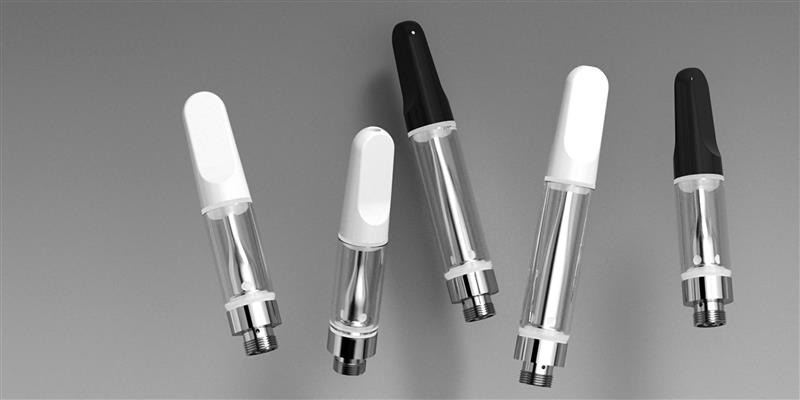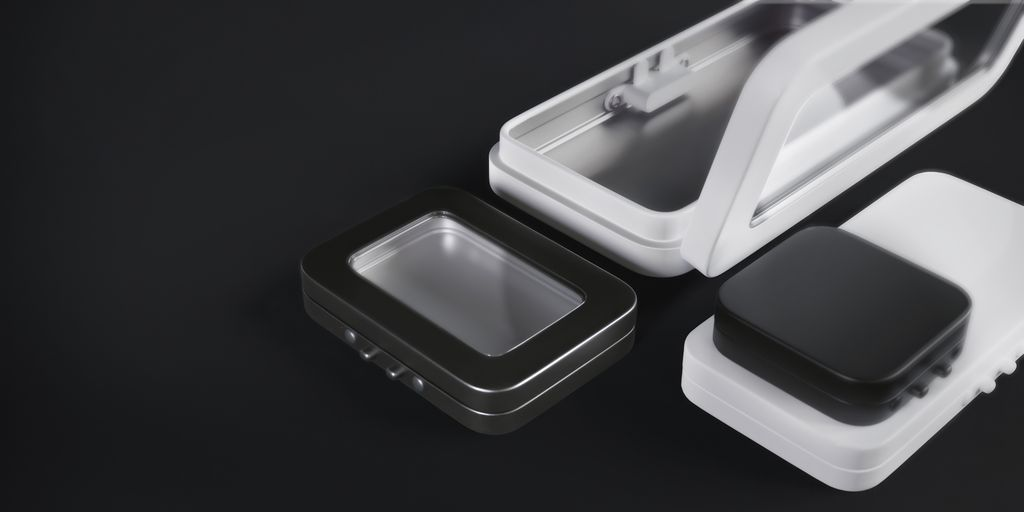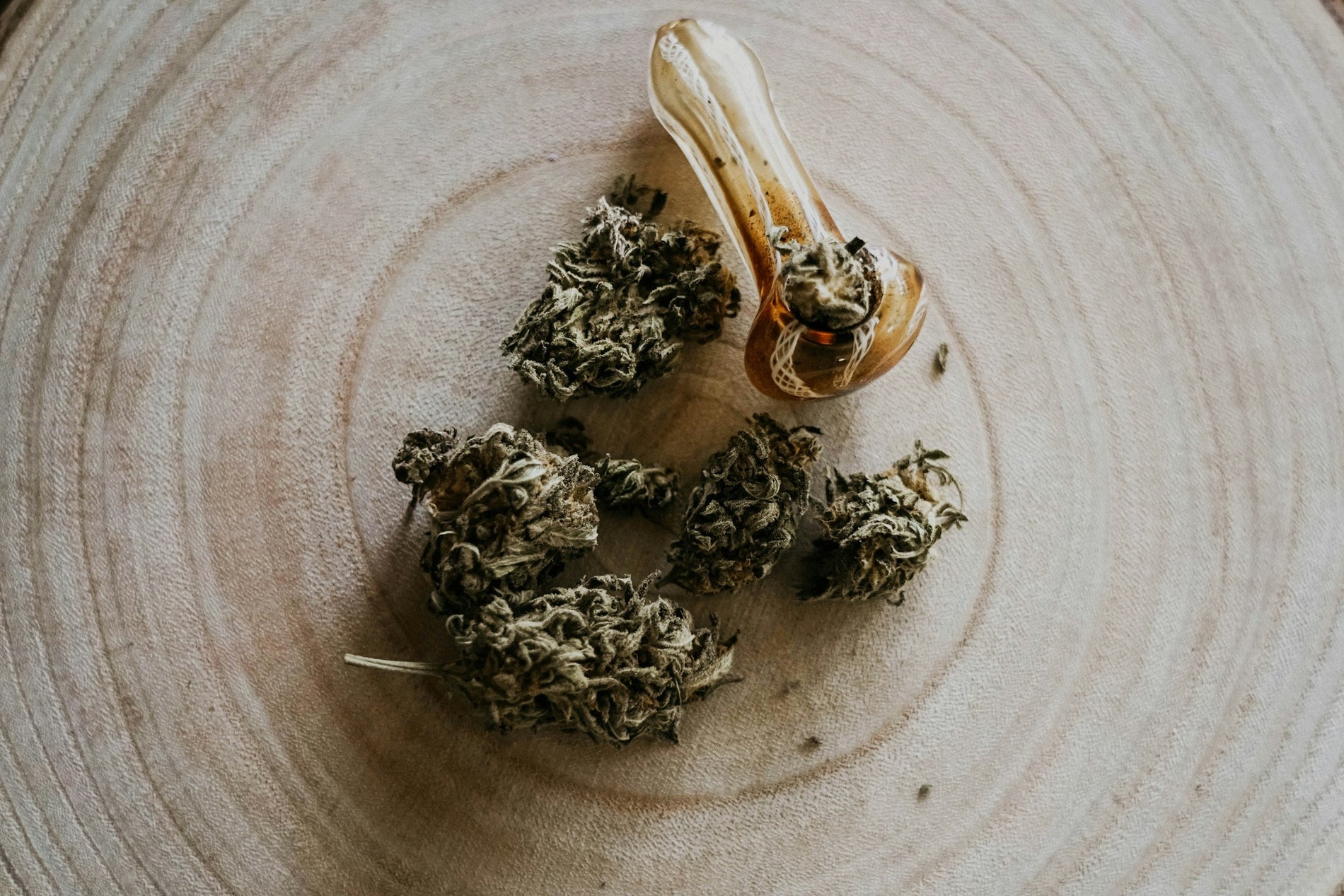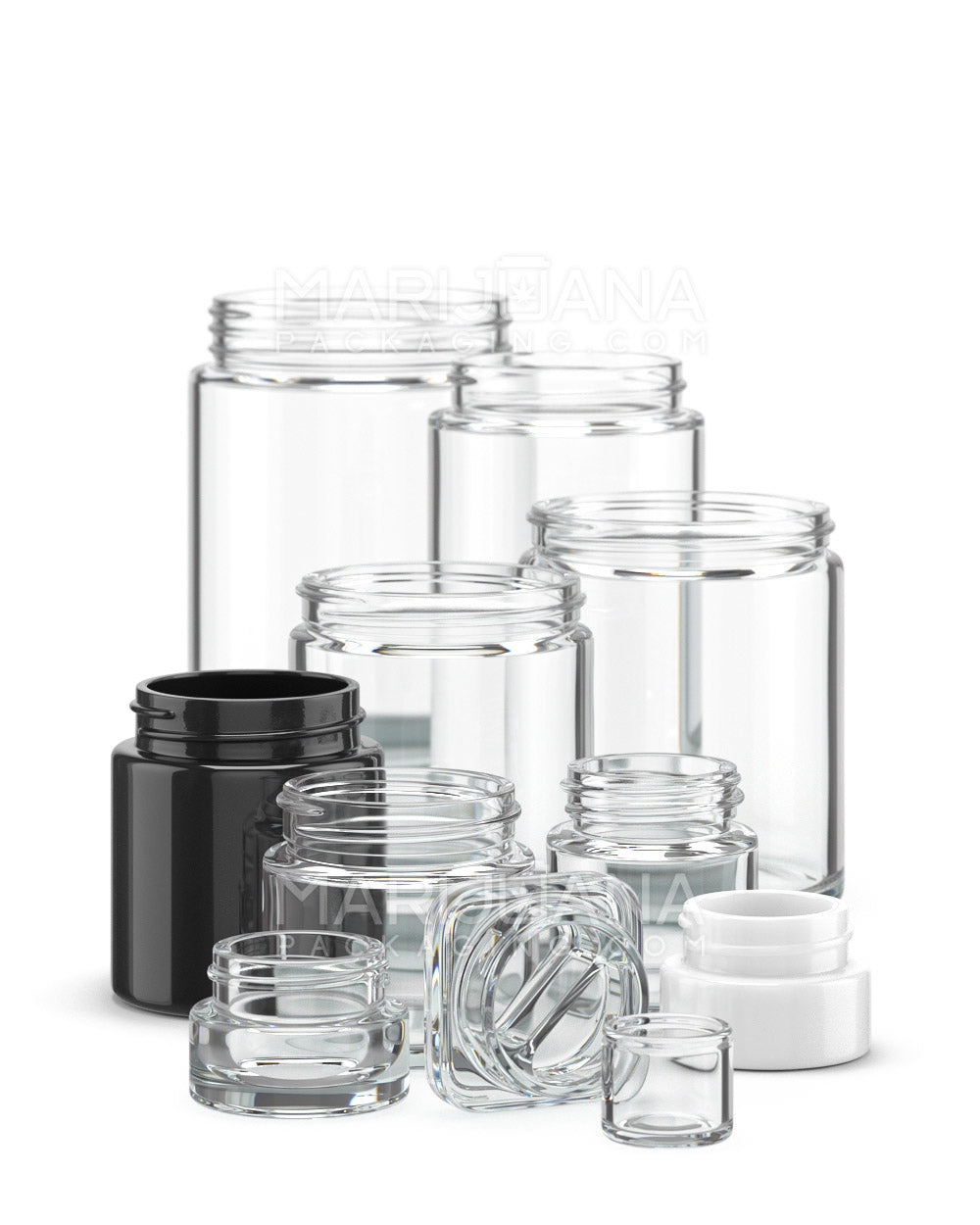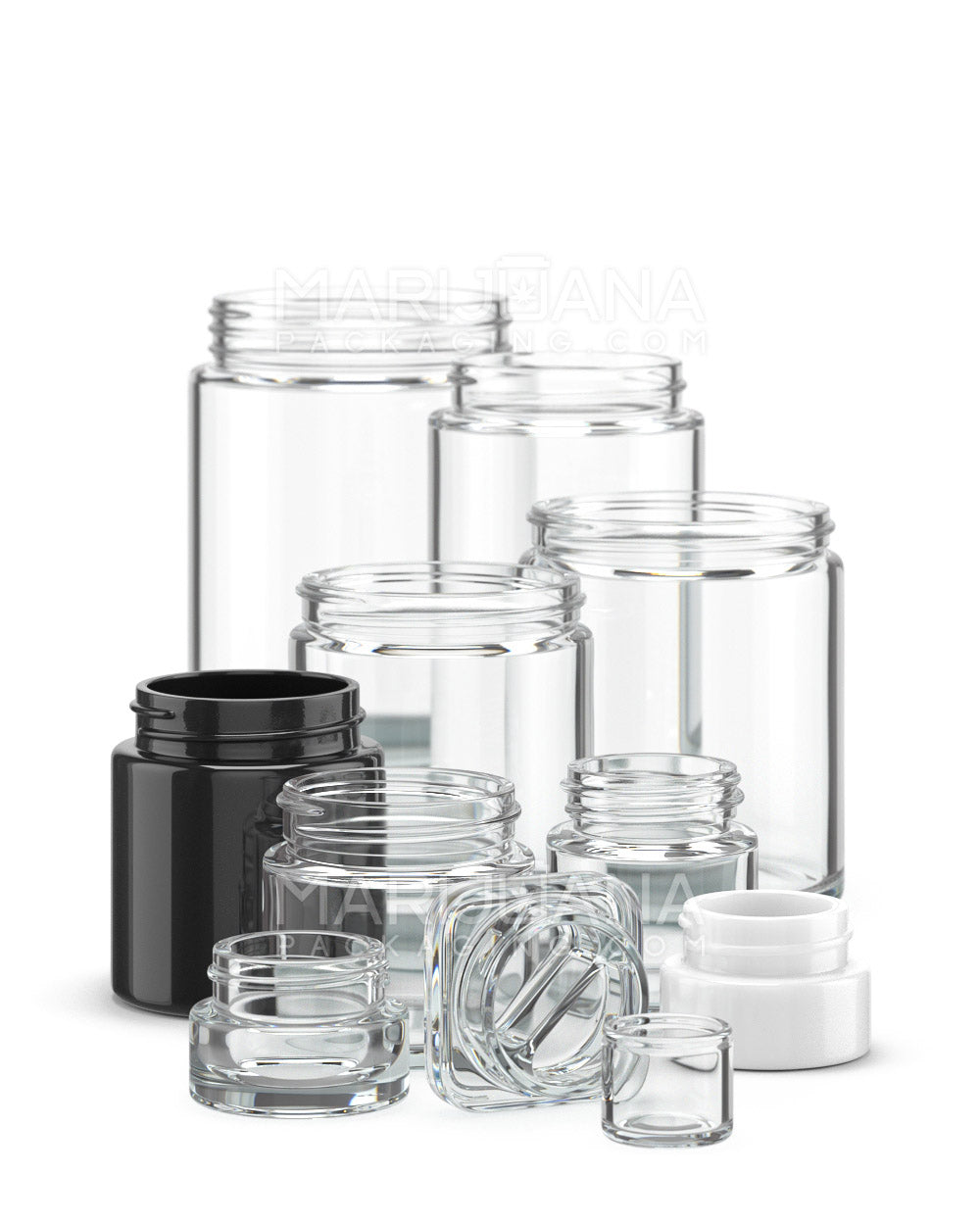Fibromyalgia is a condition that affects millions of people worldwide, causing chronic pain, fatigue, and a host of other symptoms that can significantly impact daily life. For those who suffer from this condition, finding effective treatment options is a top priority. One of the potential remedies that has gained attention in recent years is medical marijuana. But can you get a medical marijuana card specifically for fibromyalgia?
In this article, we'll explore the ins and outs of using medical marijuana as a treatment for fibromyalgia. We'll look at the symptoms of this condition, how medical marijuana might help, and the steps you need to take to obtain a medical marijuana card. Additionally, we'll cover the legal landscape across different states in the U.S., providing you with a comprehensive understanding of what to expect.
Understanding Fibromyalgia
First things first, let's talk about what fibromyalgia actually is. Often misunderstood, this condition is characterized by widespread musculoskeletal pain, along with fatigue, sleep disturbances, and sometimes memory issues. It's not uncommon for people with fibromyalgia to describe feeling as if they have the flu all the time, without the fever.
The exact cause of fibromyalgia isn't clear, but it's believed to involve a variety of factors, including genetics, infections, and physical or emotional trauma. Essentially, the condition seems to amplify painful sensations by affecting the way your brain processes pain signals.
Common symptoms include:
- Chronic, widespread pain
- Extreme sensitivity to pain
- Fatigue and tiredness
- Sleep issues
- Memory and concentration problems, often referred to as "fibro fog"
- Headaches
- IBS (Irritable Bowel Syndrome)
Living with fibromyalgia can be challenging, and finding effective treatments can feel like an uphill battle. This is where medical marijuana might come into play.
How Medical Marijuana Might Help
Medical marijuana has been touted as a potential treatment for a variety of conditions, including fibromyalgia. But how exactly might it help? Well, it comes down to the compounds in cannabis, namely THC (tetrahydrocannabinol) and CBD (cannabidiol).
THC is the psychoactive component that can help ease pain and reduce inflammation. It's also known for its ability to improve sleep, which is often disrupted in those with fibromyalgia. Meanwhile, CBD is non-psychoactive and is thought to offer anti-inflammatory and analgesic (pain-relieving) properties.
Research on the effectiveness of medical marijuana for fibromyalgia is still limited, but some studies suggest that it could help alleviate pain and improve quality of life. Patients have reported feeling less pain and better overall well-being after using cannabis products.
It's worth noting, though, that everyone's experience with medical marijuana can be different. What works for one person might not work for another, and finding the right strain and dosage is often a matter of trial and error.
Steps to Getting a Medical Marijuana Card
So, you're interested in trying medical marijuana for fibromyalgia? The first step is to obtain a medical marijuana card. This card allows you to legally purchase and use cannabis products for medical purposes. Here's how you can get started:
1. Check Your State's Laws
Medical marijuana laws vary widely from state to state. Some states have comprehensive medical marijuana programs, while others have more limited access. It's crucial to understand the specific laws in your state before proceeding.
2. Consult with Your Doctor
Talk to your primary care physician or a specialist who understands your condition. Discuss whether medical marijuana could be a viable option for you. If your doctor is supportive, they can provide you with a recommendation or refer you to a qualified medical marijuana doctor.
3. Gather Medical Records
You'll need documentation of your fibromyalgia diagnosis and any other relevant medical history. This information will be required when you apply for your medical marijuana card.
4. Apply for the Card
With your doctor's recommendation and medical records in hand, you can apply for a medical marijuana card through your state's medical marijuana program. This usually involves filling out an application and paying a fee.
5. Choose a Dispensary
Once you have your card, you can visit a licensed dispensary to purchase medical marijuana products. It's a good idea to do some research and choose a dispensary that offers knowledgeable staff who can help guide you in selecting the right products.
Legal Landscape Across the U.S.
The legality of medical marijuana is a patchwork of regulations across the United States. At the federal level, marijuana is still classified as a Schedule I controlled substance, which means it's considered illegal. However, many states have enacted laws that allow for the medical use of marijuana.
Here's a quick snapshot of how some states handle medical marijuana for fibromyalgia:
- California: One of the first states to legalize medical marijuana, California has a well-established program that includes fibromyalgia as a qualifying condition.
- Florida: Patients with chronic pain conditions like fibromyalgia may qualify for medical marijuana under Florida's program.
- New York: While fibromyalgia isn't specifically listed as a qualifying condition, chronic pain is, which might cover fibromyalgia symptoms.
- Texas: Has a more restrictive program, and fibromyalgia isn't explicitly listed as a qualifying condition.
It's always best to check the most current regulations in your state, as laws can change rapidly.
Choosing the Right Strains and Products
Once you've got your medical marijuana card, the next step is choosing the right products. This can be a bit overwhelming, given the sheer variety of strains and products available. Here's a simple guide to help you make an informed decision:
1. Indica vs. Sativa
Indica strains are generally more relaxing and may help with sleep and pain relief, making them a popular choice for those with fibromyalgia. On the other hand, Sativa strains are more energizing and might be better suited for daytime use.
2. High-CBD Strains
If you're looking to reduce pain without the psychoactive effects of THC, consider strains high in CBD. These can provide relief without making you feel "high."
3. Consumption Methods
Medical marijuana can be consumed in various forms, including:
- Smoking or Vaping: Provides quick relief but may not be suitable for everyone.
- Edibles: Offer a longer-lasting effect but take longer to kick in.
- Tinctures: Can be taken sublingually (under the tongue) for quicker absorption.
- Topicals: Creams or lotions applied directly to the skin for localized relief.
Experimenting with different strains and consumption methods can help you find what works best for your specific symptoms.
Potential Side Effects and Considerations
While medical marijuana can offer relief for some, it's not without potential side effects. Common side effects include:
- Dry mouth
- Dizziness or lightheadedness
- Increased appetite
- Changes in mood or memory
It's also important to consider interactions with other medications you may be taking. Always consult with your healthcare provider before starting any new treatment.
Additionally, driving or operating heavy machinery while under the influence of marijuana is illegal and dangerous. Make sure to use medical marijuana responsibly and in a safe environment.
Personal Stories and Testimonials
For many people, hearing firsthand accounts of how others have used medical marijuana to manage fibromyalgia can be incredibly helpful. While every individual's experience is unique, these stories can offer hope and guidance.
Take Sarah, for example, a 45-year-old mom who struggled with fibromyalgia for years. Traditional medications provided little relief, so she decided to try medical marijuana. After some trial and error, she found a strain that eased her pain and helped her sleep better. "It's not a miracle cure," she says, "but it's made my life a lot more manageable."
Or consider Mike, a retired teacher who was initially skeptical about using cannabis. He was concerned about the stigma and potential side effects. However, after consulting with his doctor and obtaining a medical marijuana card, he decided to give it a try. Now, Mike uses a CBD-rich tincture that helps him stay active and engaged without the high associated with THC.
These stories highlight the importance of finding the right approach for your needs and being open to trying new things. Medical marijuana isn't a one-size-fits-all solution, but it can be a valuable tool in managing fibromyalgia symptoms.
Tips for Talking to Your Doctor
Discussing medical marijuana with your doctor might seem daunting, especially if you're unsure how they'll react. Here are some tips to help make the conversation easier:
1. Be Honest
Explain your symptoms and how they're affecting your life. Be open about your interest in trying medical marijuana and why you think it might help.
2. Bring Research
Share any research or articles you've found on the use of medical marijuana for fibromyalgia. This can help your doctor understand your perspective and provide a starting point for discussion.
3. Ask Questions
Don't hesitate to ask questions about the potential benefits and risks. Your doctor can offer valuable insights and help you make an informed decision.
4. Be Open to Alternatives
While medical marijuana might be a great option for some, it might not be suitable for everyone. Be open to exploring other treatments or therapies that your doctor may suggest.
Staying Informed and Safe
The world of medical marijuana is constantly evolving, with new research and products emerging all the time. Staying informed about the latest developments can help you make the best choices for your health.
Here are a few resources to help you stay up to date:
- Online Forums and Communities: Connect with others who have fibromyalgia and use medical marijuana. Sharing experiences and tips can be invaluable.
- Medical Journals and Articles: Keep an eye on the latest studies and findings related to medical marijuana and fibromyalgia.
- Reputable Websites: Websites like Leafly and Medical News Today offer a wealth of information on cannabis strains, products, and their effects.
Remember, safety should always be your top priority. If you're unsure about any aspect of using medical marijuana, consult with a healthcare professional for guidance.
Final Thoughts
To wrap things up, getting a medical marijuana card for fibromyalgia is indeed possible in many states. While medical marijuana may not be a cure-all, it has the potential to offer relief for those struggling with this challenging condition. Each person's journey is unique, so it's important to approach this treatment option with an open mind and a willingness to experiment with different strains and products.
If you're considering using medical marijuana for fibromyalgia, remember that packaging matters too. This is where Gamut comes into play. As a full spectrum packaging provider, Gamut offers a wide range of packaging solutions, from jars and bags to tubes and bottles. Whether you're looking for stock options or custom designs, Gamut covers the entire spectrum of packaging needs. With over a decade of expertise, they can help make your brand stand out in any market, ensuring your medical marijuana products are presented in the best possible light.



